
When I first started getting serious about firearms and shooting mechanics, I quickly realized that one of the most critical—yet often overlooked—components of any firearm is the trigger. It’s the final interface between shooter and shot. Over time, I’ve come to appreciate the nuances between single-stage and double-stage triggers. Both have their merits, and understanding their differences is key to choosing the right setup for your needs.
In this post, I’ll break down what sets single and double stage triggers apart, how each functions, and where each shines—highlighting the functional differences in a way that’s easy to understand and apply.
What is a Single Stage Trigger?
A single-stage trigger operates in one smooth motion. From the moment you begin applying pressure to the trigger, you're moving directly toward the break point—the point at which the firearm discharges. There’s no slack or perceptible stages to move through. Once you hit the set pull weight, the shot fires.
This design is known for its simplicity. It’s often found on factory rifles, AR-platform builds, and even some handguns. For those who prioritize quick follow-up shots and a clean, predictable break, single-stage triggers are a popular choice.
Key characteristics:
-
One consistent motion
-
Crisp break when pull weight is reached
-
No take-up or staging
What is a Double Stage Trigger?
A double-stage trigger, sometimes called a two-stage trigger, has two distinct phases in the trigger pull. The first stage is usually light and involves some travel—this is where you “prep” the trigger. You’ll feel the resistance build as you take up the slack. Then you reach the second stage, which has a firmer wall. A bit more pressure at this point causes the shot to break.
This setup provides more control. Because you can feel when you’ve reached the second stage, it gives you the ability to pause momentarily, confirm your sight alignment, and fire deliberately.
Key characteristics:
-
Initial light pull (Stage 1) to take up slack
-
Firm “wall” (Stage 2) before the shot breaks
-
Allows for more deliberate, controlled shots
Functional Differences
Trigger feel and control are the most noticeable distinctions between the two types.
With a single-stage trigger, there’s a sense of immediacy. Once you apply pressure, the break comes quickly and consistently. This is ideal in situations where speed and instinctive shooting matter—like close-quarters training or fast-paced competition stages.
In contrast, the two-stage trigger feels more methodical. You can “prep the shot” by moving through the first stage and then deciding when to engage the second stage. This is especially beneficial in precision shooting or long-range scenarios where exact timing and steady control are essential.
Pros and Cons of Each
Here’s a breakdown I often use to help others—and myself—evaluate which trigger type makes sense for a given application:
Single Stage Triggers
✅ Pros:
-
Faster shot cycle; ideal for high-speed shooting
-
Fewer moving parts = less potential for mechanical failure
-
Clean, crisp break with consistent pressure
❌ Cons:
-
Less control over exact shot release timing
-
More prone to accidental discharge under stress if not managed carefully
Double Stage Triggers
✅ Pros:
-
Greater control and precision
-
Ideal for long-range or bench shooting
-
Reduces the chance of premature shots during trigger prep
❌ Cons:
-
Slower than single-stage in rapid fire
-
Can feel “mushy” if poorly made or not tuned properly
-
Slightly more complex mechanically
When to Choose Which?
There’s no universal answer to this, but some general guidelines can help:
-
Go with a single-stage trigger if your priority is speed, simplicity, and rapid follow-up shots—especially in tactical or competitive settings like 3-Gun or close-range training drills.
-
Opt for a double-stage trigger if you're into precision shooting, hunting, or long-range shooting, where control over the shot timing can make or break your accuracy.
It’s not unusual for seasoned shooters to use both, depending on the firearm and its purpose. For example, I use a single-stage trigger in my AR-15 configured for fast-action drills, and a two-stage trigger on my bolt-action rifle built for long-range work.
Practical Considerations
If you're trying to decide between the two, here are a few questions to ask yourself:
-
What kind of shooting do I primarily do?
-
Do I value speed over precision, or vice versa?
-
How comfortable am I with trigger discipline and managing pressure during the pull?
-
Am I willing to invest time to adapt to a more complex trigger system?
Also, not all triggers are created equal. A high-end single-stage trigger will outperform a poorly made two-stage trigger any day. Quality, materials, and tuning make a huge difference. Brands like Geissele, Timney, and LaRue offer excellent models in both categories.
Final Thoughts
Choosing between a single-stage and a double-stage trigger doesn’t need to be a stressful decision—it’s about matching the tool to the task. Once you understand how each one behaves, it becomes much easier to pick the right fit.
In my experience, both have a place in a well-rounded firearm collection. A solid understanding of each will not only improve your gear selection but also sharpen your overall trigger discipline. No matter which one you choose, consistency and control are the end goals. And both trigger types, when mastered, can help you get there.
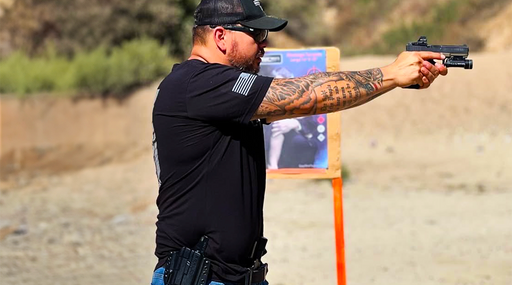
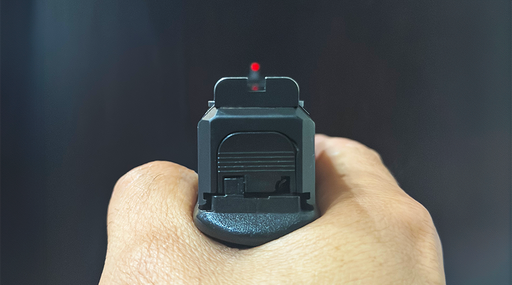
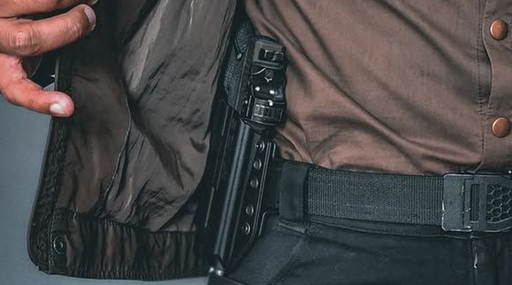
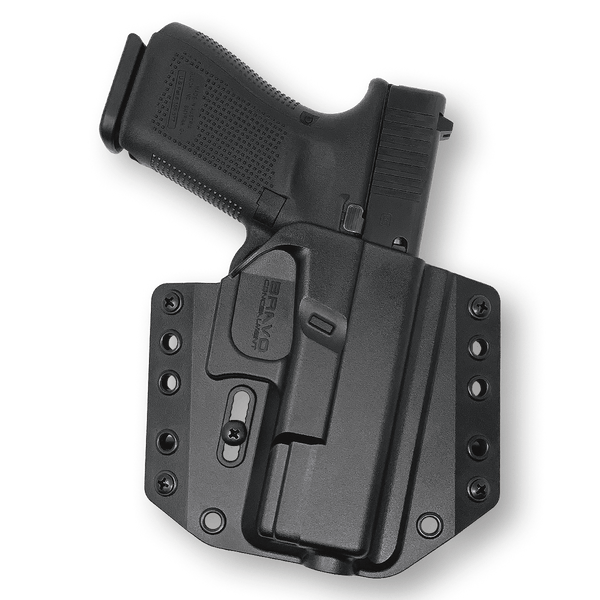
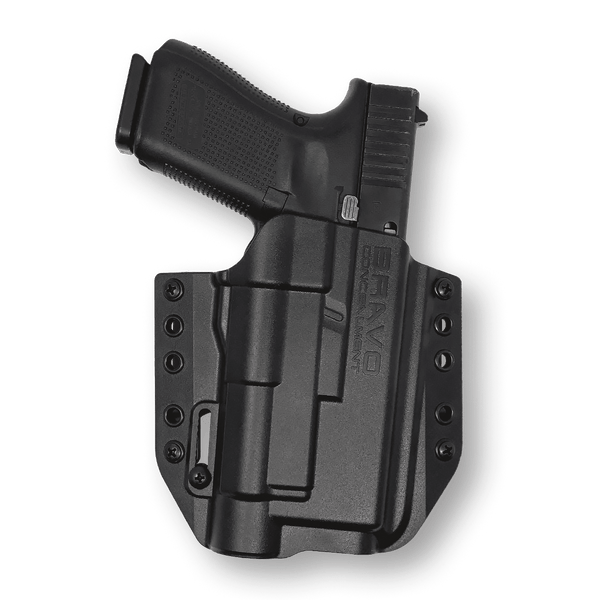
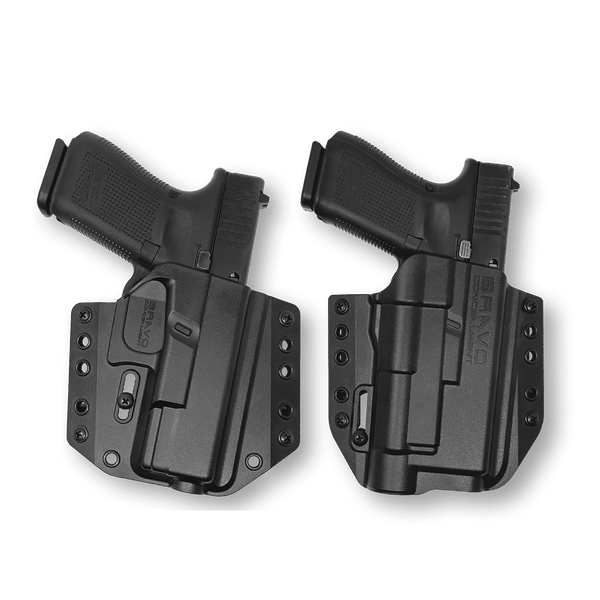
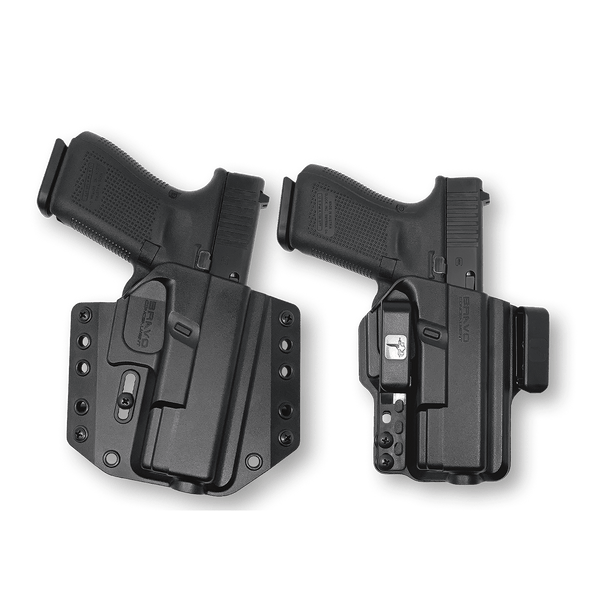

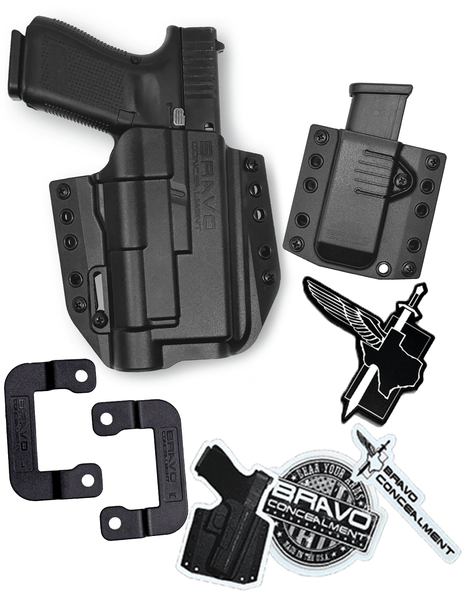
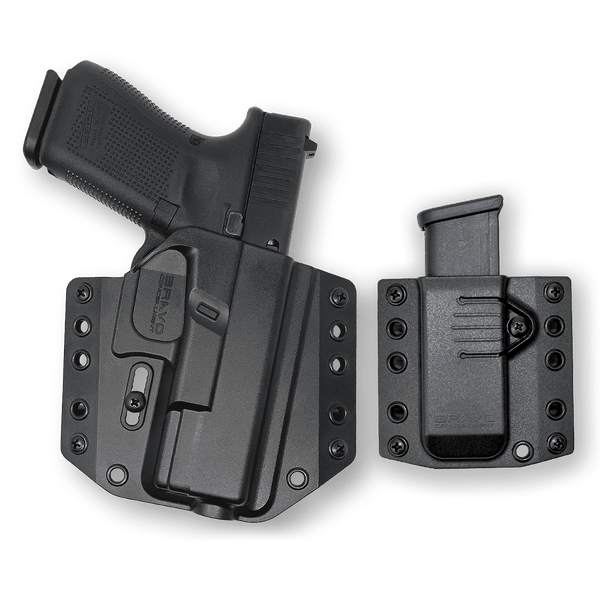
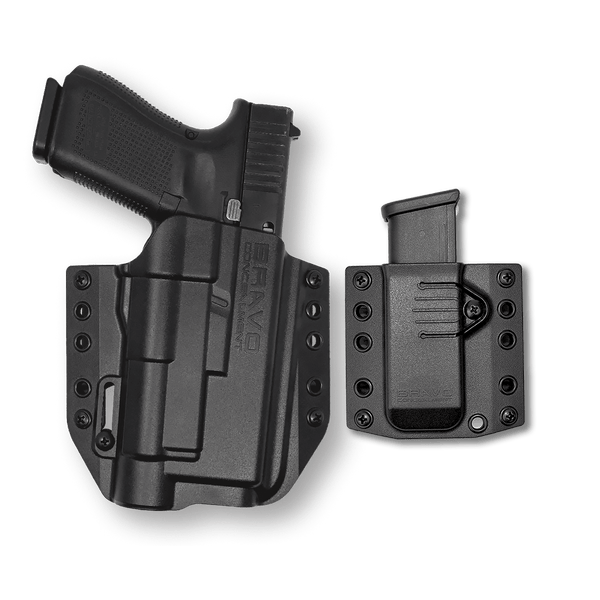
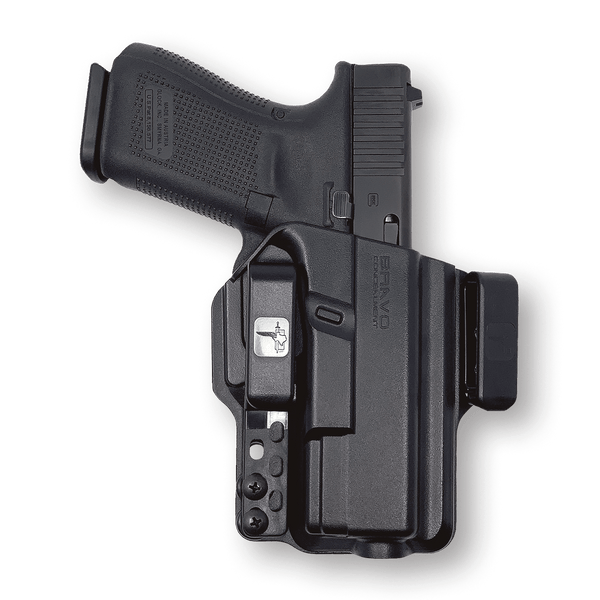
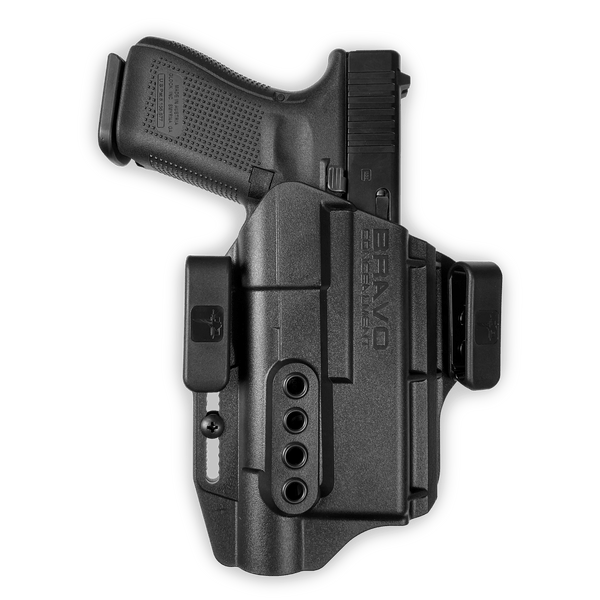
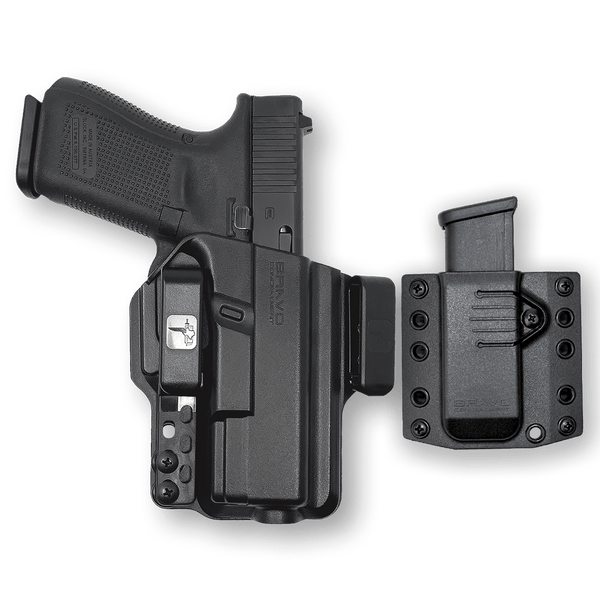
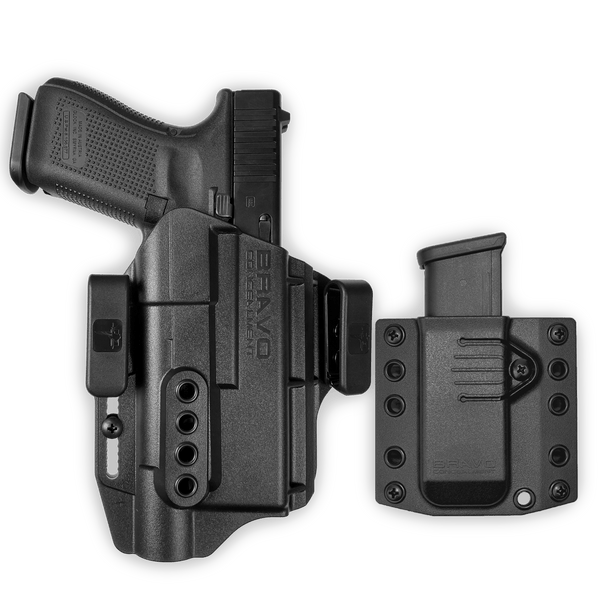
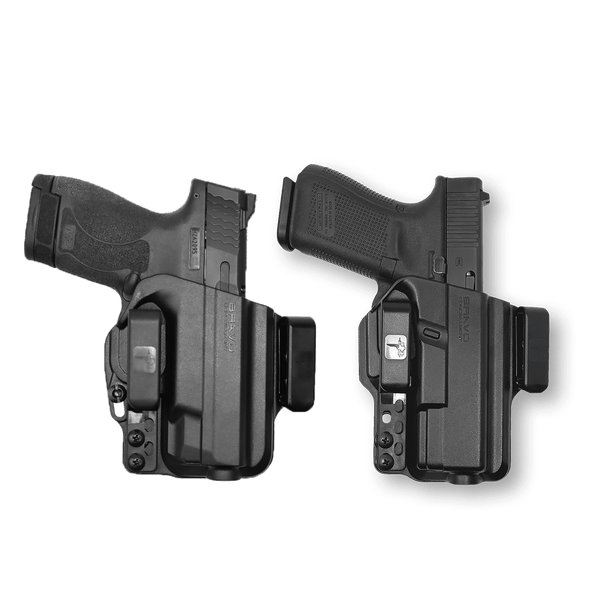
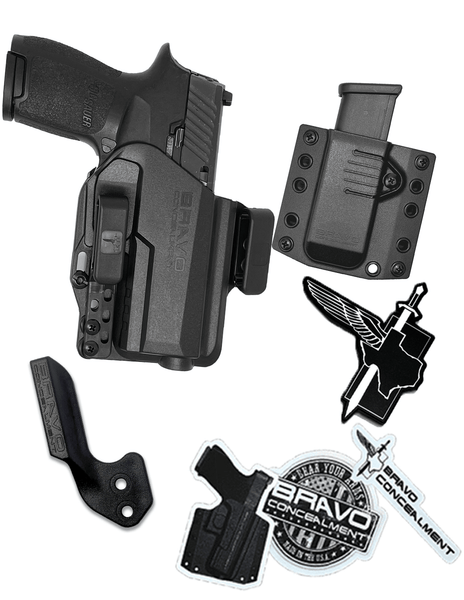
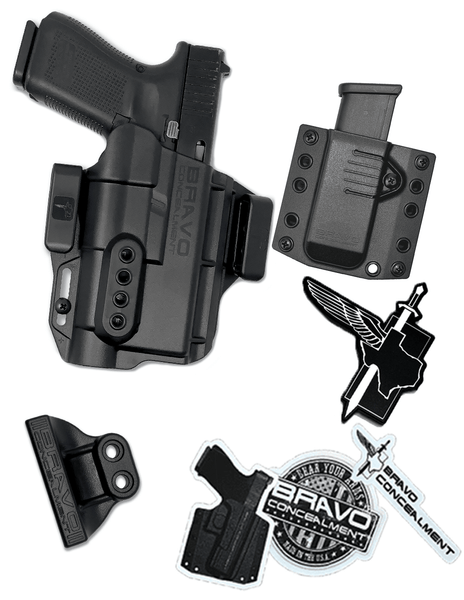
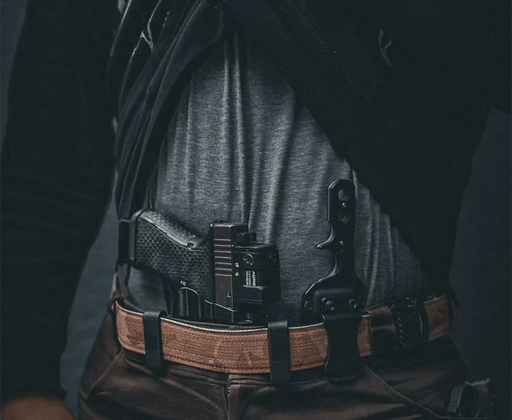
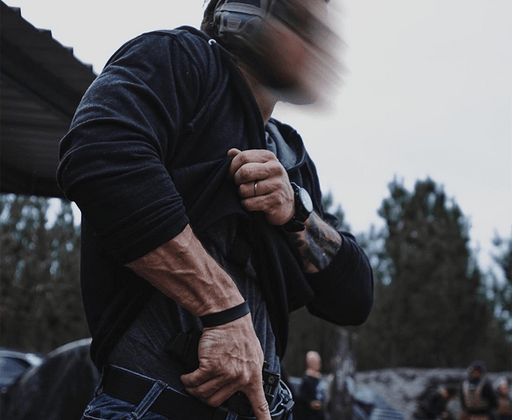
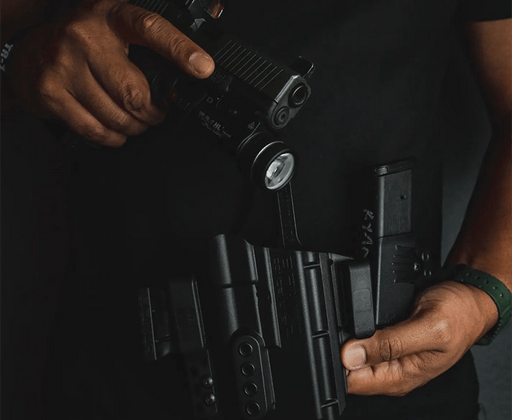
Leave a comment